The ancient Chinese used 3 as the value of π. About 1650 B.C. the Egyptians improved on the approximation. The Greek mathematician Ptolemy calculated a value for π that was equivalent of 3.1416
At all events, there are facts which prove that certain astronomical calculations were as correct with the Chaldeans in the days of Julius Caesar as they are now. When the calendar was reformed by the Conqueror, the civil year was found to correspond so little with the seasons, that summer had merged into the autumn months, and the autumn months into full winter. It was Sosigenes, the Chaldean astronomer, who restored order into the confusion, by putting back the 25th of March ninety days, thus making it correspond with the vernal equinox; and it was Sosigenes, again, who fixed the lengths of the months as they now remain.
In America, it was found by the Montezuman army, that the calendar of the Aztecs gave an equal number of days and weeks to each month. The extreme accuracy of their astronomical calculations was so great, that no error has been discovered in their reckoning by subsequent verifications; while the Europeans, who landed in Mexico in 1519, were, by the Julian calendar, nearly eleven days in advance of the exact time. (IU, vol 1, ch.1)
Irrational numbers are such as can never be expressed quite accurately, that is to say, in the language of arithmetic, such as contain an irrational fraction; among them there is a large number of the most important quantities that constantly occur in all calculations, e.g. the square roots of most numbers, the relation of the diagonals to the side of a square, of the diameter of a circle to its circumference. This simple example will prove in a thoroughly tangible manner the organic inadequacy of the human intellect, its capacity to express even quite simple relations.
In handbooks they are usually defined as “magnitudes that exist only in the imagination;” it would be perhaps more correct to say, magnitudes which can occur anywhere except in the imagination, for man is incapable of conceiving them at all. Through this brilliant discovery calculation received an unsuspected elasticity: the absolutely unthinkable henceforth served to determine the relations of concrete facts, which otherwise could not have been tackled. The complementary step was soon taken: where one magnitude approaches “infinitely” near to another without ever reaching it, the gap was arbitrarily bridged, and over this bridge man marched from the sphere of the Impossible into the sphere of the Possible.. Thus, for example, the insoluble problems of the circle were solved by regarding the latter as a polygon with an “infinite” number of sides, all therefore infinitely small. Pascal had already spoken of magnitudes which are “smaller than any given magnitude” and had designated them quantities negligeables; but Newton and Leibnitz went much further, in that they systematically perfected calculation with these infinite series – the infinitesimal calculation. For the first time only mathematics were redeemed from rigidity to life, for the first time they were enabled to analyse accurately not only motionless shape but also motion. Our acientific oprocedure is obviously the negation of the Absolute. That was an acute and happy remark of Goethe’s: “He who devotes himself to nature attempts to find the squaring of the circle” The infinitely great is introduced into mathematics as unity divided by an infinitely small number. Concerning this supposition Berkely remarks: “It is shocking to good sense.”
Leonardo even declared motion to be the cause of all life; he was soon followed by Descartes, who viewed matter itself as motion – everywhere the mechanical interpretation of empirical facts. But mechanic are an ocean over which the ship of mathematics alone can carry us. Only in so far as a science can be reduced to mathematical principles does it seem to us to be exact, and that because it is so far strictly mechanical and consequently “navigable.”
I can best draw the moral of what has been said by quoting a remark of Leibnitz: “Rest can be regarded as an infinitely slow speed or an infinitely great retardation, so that in any case the law of rest is to be considered merely as a special case within the laws of motion. Similarly we can regard two perfectly equal magnitudes as unequal, by looking upon the inequality as infinitely small (Letter to Bayle, July 1687) In Bayle’s Dictionnaire I find under Zeno a violent attack upon all mathematics: “Mathematics have one fatal, immeasurable defect: they are in fact a mere chimera. The mathematical points, and consequently also the lines and surfaces of the geometricians, their spheres, axes, etc. are all abstractions which have never possessed a trace of reality; that is why these phantasies are even of less importance than those of the poets, for the latter invented nothing which is intrinsically impossible, like th mathematicians (square circle),” etc. This abuse has no special significance; but it calls our attention to the important fact that mathematics, not merely since Cardanus and Leibnitz, but from all time, have drawn their strength from “imaginary” or, more properly speaking, absolutely inconceivable magnitudes. When we think of it, the point according to Euclid’s definition is no less inconceivable than √-1. Obviously, our “exact knowledge” is a peculiar thing. The keenest criticism of our higher mathematics is found in Berkeley’s The Analyst and A defence of Free-thinking in Mathematics.
In modern materialist cosmology, a similar question is whether or not neutrinos have mass, or do they actually occupy space? Nobody knows. In scholastic physics they asked the question: “How many angels may sit upon the head of a pin?” They wondered if angels, or spirit bodies generally, occupy physical space. In the Hindu religious tradition god is called puru (point). This puru became the god of Big Bang.
Sar (circle, saros) is the Babylonian god of the sky. He is also Assaros or Asshur (the son of Shem), and Zero -- Zero-ana, the chakkra, or wheel, boundless time. Hence, as the first step taken by Zoroaster, while founding his new religion, was to change the most sacred deities of the Sanscrit Veda into names of evil spirits, in his Zend Scriptures, and even to reject a number of them, we find no traces in the Avesta of Chakkra -- the symbolic circle of the sky.
A Christian sermon that has survived from the mid-fifth century called On The Trinity quotes in profusion the words of the Pagan gods. The doctrine of the trinity probably derives from sacred geometry: “the transcendental number” π is hidden within the circle, a symbol of the All and so of God.” the Puranas insist on the identity of Vishnu with Time and Space*
And that seromon expains the strange or not so strange case of the Jewish mathematician Landau, who “in 1934. had defined π in his textbook published in Gőttingen in that year by the, now fairly usual, method of saying that π/2 is the value of x between 1 and 2 for which cos x vanishes. This unleashed an academic dispute, which was to end in Landau’s dismissal from his chair at Gőttingen. Bierbach, an eminent number theorist who disgraced himself by his racist views, explains the reasons for Landau’s dismissal: - Thus the valiant rejection by the Gőttingen student body which a great mathmatician, Edmund Landau, has experienced is due in he final analysis to the fact that the un-German style of this man in his research and teaching is unbearable to German feelings. A people who have perceived how members of another race are working to impose ideas foreign to its own must refuse teachers of an alien culture.” (A history of Pi, www-groups.dcs.st-and.ac.uc/~history/HistTopics/Pi_through_the_ages.html) Like his forefathers conquering Canaan and destroying the sacred stone circles symbolizing the disc of Akhenaten's sun god, Landau, so to say, put the number π into a finite strait jacket and thus offended the religious feelings of the Nazi votaries of the sun god Wotan. It was so un-Aryan and un-Grman of him.
The shrine itself probably represented the world, with its four corners radiating from a central point. The circle seems to be an archetype, found in nearly all cultures as a symbol of eternity, of the world and the psyche. It represents, in both temporal and spatial terms, a totality: tracing a circle or circumambulating – a common religious practice in many traditions – means that you are constantly coming back to where you started: you discover that in your end is your beginning.
For the ancient Indians, a destruction and recreation of individual forms and creatures occurred every Kalpa or day of Brahma. Each day of Brahma had duration of about 4 billion years. The elements themselves, together with all forms, undergo dissolution into Pure Spirit, which then reincarnates itself back into matter every lifetime of Brahma, which lasts about 311 trillion years. Among the Greeks who thought of the Brahmins as perfect Pythagorean philosophers, the Stoics were the most fervent believers in the Eternal Return (anakuklesis, lit. Eternal Wheel). They claimed that all objects in the universe were bound together in an absolutely determinate web of actions and reactions (this Stoic dogma was also embraced by Newton), and that this determinism led to a precise return of all events. That is, no event is unique and occurs once and for all, but rather every event has occurred, occurs, and will occur, perpetually (Cf. perpetual motion dogma); the same individuals have appeared, appear, and reappear in every return of the cycle. In each and every cycle Socrates will be tried, condemned, and executed. Plato’s cosmology was also cyclic, with a periodic destruction and recreation of the universe in conjunction with various astronomical events. The same belief is reflected in the Latin term resurrection which is used almost invariably in nonscriptural references. In the Gospel accounts it nowhere says Christ rose again, only that He was risen (some prefer to speak that he was raised). In the Latin version surrexit is used, not resurrexit (‘He has risen,’ not ‘He has risen again’ (the particle ‘re’ has the same meaning in Latin and English, ‘again.’). The term ‘resurrection’ makes sense, however, if one assumes the identity of Christ and sun. Impersonality of such a sun god matches impersonality of Brahma! This philosophy inspired Newton’s identification of gravity with the spiritual body of Jesus Christ. Here it is how Newton described his dogma of ‘transubstantiation’ in the paper entitled “De Aere et Aethere”:
Like Copernicus, the authors of the Palestinian history textbooks proclaim: “Moses and his followers wandered in the desert; they were not endowed with any scientific or artistic talents and made no cultural achievements whatsoever…” Using the words of the Psalmist, the founding fathers of the modern astronomy and their Palestinian admirers: “Set their mouth against the Heavens, and their tongue walketh through the earth. And they say how God knows. And is there knowledge in the Eternal God?” (Ps. 73:9-11). They recognized the God of the Bible as a liar and ignoramus because He taught: “When you look up to the sky and behold the sun and the moon, and the stars, the whole heavenly host, you must not be lured into bowing them or serving them” (Dt. 4:9) Palestinian state would be a child of Copernican heliocentrism.
1.Comment by Cyriac: “Here’s my problem with the guys who wrote those Psalms and Chronicles that you quote in your post. They were only human! And humans make mistakes.”
Comment by DPS: “Not when they’re inspired by the One True God, they don’t.”
Ahem, would this be the same “One True God” that inspired Kings 7:23 and Chronicles 4:2 which erroneously states that Pi equals 3.0 when in fact Pi equals 3.14159 (recurring), something even the ancient Egyptians knew.
Wow, I guess he *does* move in mysterious ways. I reckon that was a deliberate mistake, just to test us? Keep us on our toes, yeah? Or maybe they simply misheard this “One True God”, he should’ve spoken up or engraved them on a stone tablet for all to see!!
Well, least we have science to depend on, this “One True God” fella sounds very unreliable - just look at the book of Genesis for starters!!
Comment by Tyler Durden — June 6, 2007 @ 10:35 am
Mathematics of the Fasting Buddha
Western thought came close to the basic dogma of heliocentric mathematics in Democritus’ theory of atoms and in Euclid’s “Elements”. The burning of the great library at Alexandria was supposed to prevent spreading of the Gnostic heresy but it failed. Behind the scholastic equivalence of light and matter which gives rise to the world machine by plurifying itself was the concept of the philosophers who speculated that all things were composed of atoms and who said that bodies were composed of surfaces, and surfaces of lines, and lines of points. But since there is no reality to a mathematical point or line, except when they are being conceptualized as such the world of Euclid belongs to the same category as the world of Platonic ideas; though merely mental, they were the ultimate objects, of which the visible and tangible objects of the world were only pale shadows. And that’s exactly what the Indian yogis dismissed contemptuously as the illusory realm of maya. In the Eastern view, searching for some kind of reality, either in the physical world (prakriti) or in the rational mind (manas) is a sheer waste of time, since they are both ultimately unreal. The Buddhist aims at pure consciousness with no object in sight (alaya-vijnana), which is practically synonymous with sunya (this sunya is the conditio sine qua non for the Newton gravity to work), the Void. Buddha merely stressed the sole reality of nirvana, which the Germans translate as Nullpunkt.*The Tao Te Ching and the Chuang Tzu are the cornerstones of the Taoist tradition and in them we find the initial identification of Nonbeing (Big Bang’s starting point) with the source of all things. In other places, the preferred term is wu (in Japanese mu), commonly translated as “Nonbeing”. Chuang Tzu, in effect, made Nonbeing an equivalent for the absolute Tao, a kind of absolute void. The principles of this nihilistic ontology are mirrored in Hindu mathematics which evolved into a mature place-value system promoting to full membership of a tenth numeral a round symbol for zero (graphic representation of point) or Sunya, as the Hindus called it. Confusion about the status of this mysterious numeral persisted for centuries, and as late as the 15th century it was described as “a symbol that merely causes trouble and lack of clarity.” How, it was asked, could a symbol, which means “nothing”, when placed after another numeral, enhance its value tenfold? The problem finds its solution in the philosophical theory of a “coincidence of opposites” (coincidentia oppositarum), that is identification of elements that are mutually exclusive in ordinary (Aristotelian) logic. The goal of introspection (atmanam viddhi or Greek gnothi seauthon) is to overcome the intellectual “opposites”; the being arises in the context of non-being. The Buddhist concept was known as dhrama-dhatus pratitya-samupada, which translates as “the interdependent arising of the universe”: things are said to have “emptiness” and “fullness of emptiness” at the same time.
*Theirs is the cosmic Christ preached by St. Paul in his Letter to the Colossians in whom “were created all things in heaven and earth” and who “holds all things in unity.” Teilhard de Chardin who was both a mystic and a Marxist (like Pope John Paul II) also centered on to this cosmic Christ regarding him as the point to which all creation (or at least all of it that can be saved) is destined by evolution itself to converge. The same idea is behind the expanding and contracting point of Big Bang hypothesis. Behind this perverted science lies the Pythagorean dogma proclaiming that extended physical bodies are composed of nonextended mathematical points. Accordingly Zeno argued that everything in the universe is both infinitely large and has no size at all. The infinite divisibility of any physical body regardless of size means that it is composed of an infinite number of elements and thus is infinitely large. On the other hand, the body has no size at all because no number of nonextended units can produce an extended body.
According to Max Muller "the two words 'cipher' and 'zero,' which are in reality but one . . . are to prove that our figures are borrowed from the Arabs."* Cipher is the Arabic "cifron," and means empty, a translation of the Sanscrit name of the nought "synya," he says. The Arabs had their figures from Hindustan, and never claimed the discovery for themselves.** As to the Pythagoreans, we need but turn to the ancient manuscripts of Boethius's Geometry, composed in the sixth century, to find in the Pythagorean numerals*** the 1 and the nought, as the first and final cipher. And Porphyry, who quotes from the Pythagorean Moderatus,**** says that the numerals of Pythagoras were "hieroglyphical symbols, by means whereof he explained ideas concerning the nature of things."
Consider James Jeans’ description of the universe of relativity as the four-dimensional surface of a cosmic sphere of which the inside is made of “empty space welded onto empty time.” This is how we are slowly driven away from the West’s traditional logic, back to the Eastern or should I say Aryan habit of using paradoxical statements in dealing with some formulations of ultimate reality. Consider the following sayings of the Buddha in which he attempts to destroy once for all the last attempts of the highly intellectualized Hindus to objectify some metaphysical concepts: “There is a path to walk on, there is walking done, but there is no traveler. There are deed being done, but there is no doer.” The same philosophy is reflected in the evangelical phrase, “And it came to pass in those days, that there went out a decree.” And nobody wrote this decree!
Here are some other dogmas of modern science: The length of an object is not in the object but in its relationship to the observer (Einstein). Light is basically waves but is also basically particles (Bohr). The shortest distance between two points is not a straight line (Fuller). Some particles get from one place to another place without passing through the places in between (Planck). It is not hard for a modern physicist or mathematician to believe in the LSD world.
J. Jeans has written, “It is probably as meaningless to discuss how much room an electron takes up as it is to discuss how much room a fear, an anxiety or an uncertainty takes up.” My hard drive has capacity of 80 gigabytes. Could it accommodate all fears of my life? Only if it divides itself like Lenin’s electron! The new picture of the heliocentric universe disclosed by contemporary physics appears to be largely in accord with Eastern metaphysics. Indeed, the Jaina mathematicians believed in five kinds of infinity. There was positive infinity, that is, infinity in one direction. There was negative infinity, reached by counting in the opposite direction, starting from -1. There was also infinity in terms of area and infinity of time.
From the linguistic coincidence that fleece in German (Vliess) is cognate with the verb fliessen, “to flow”, Fictuld draws the conclusion that the Golden Fleece symbolizes philosophical gold, a liquid fiery substance said to flow from the planetary spheres. The substance was also known as the essence of the anima mundi, or soul of the world, supporting the general phenomenon of growth and the infinite potential for life. And that explains the golden mask of Tutenchamon. In ancient Egypt gold was believed to the the flesh of the sun. Accordingly, Children of the sun or Children of Light were considered the most favored human specimens. Read the Qumran epic about the war between Children of Light against the Children of Darkness. The baby Buddha was believed to be a child of million rays...
The Greek name Hermes is taken from an ancient root, herm (Harm al-Sharif), which means the active, or positive, radiant, principle of nature; sometimes translated as “vitality” or “generative force”; and known to ancient freemasonry – or the sons of light, the free “macon” – as “the cosmic fire”, Hiram, and later as Hiram Abif.
Ficino translated Orphica, a collection of hymns to various pagan deities, attributed to Orpheus but actually dating from the early centuries AD. He practiced magical self-improvement by singing hymns, accompanying himself on his ‘Orphic lyre’. He believed that by singing the hymn to a particular planetary deity, while concentrating his thoughts and emotions on the planet, he could draw down into himself a flow of the planet’s influence and power.. For the same reason Ch. Darwin played basson to his plants.
One of Ficino’s pupils, Francesco da Dia Cetto, explained more clearly how this was done. To attract the influence of the sun, the Orphic hymn to the deity was sung when the sun was ascending in Leo or Aries, on a Sunday and in the hour of the sun. The magician surrounded himself with things corresponding to the sun. He wore a golden mantle and a crown of laurel, strewed sunflowers about him, burned myrrh and frankincense on an altar and anointed himself with saffron, balsam or honey made when the sun was in Leo. The technique induced a sense of superhuman power, which could be applied to curing disease or for any other purpose.
Comments and Answers
Tyler Durden wrote (#932):
“Ahem, would this be the same “One True God” that inspired Kings 7:23 and Chronicles 4:2 which erroneously states that Pi equals 3.0 when in fact Pi equals 3.14159 (recurring)*, something even the ancient Egyptians knew.
Wow, I guess he *does* move in mysterious ways. I reckon that was a deliberate mistake, just to test us? Keep us on our toes, yeah? Or maybe they simply misheard this “One True God”, he should’ve spoken up or engraved them on a stone tablet for all to see!!
Well, least we have science to depend on, this “One True God” fella sounds very unreliable - just look at the book of Genesis for starters!!”
In Acts 7:22 we read: “And Moses was educated in all the science and learning of the Egyptians.”We also learn from other authors that Moses was indebted for his knowledge to the mother of the Egyptian princess, Thermuthis. And yet Moses and all those who followed him had chosen to ignore the Egyptian science!
Not only regarding the sacred geometry with its value of pi but also the Egyptian teachings about human anatomy.
All parts of human body are mentioned in the Torah, excepting the spleen. There is no word in the Hebrew Bible denoting such an organ. The scientists impressed by Copernicus’s mathematics would conclude that the Biblical author ignorant of the real structure of the Universe did not possess the sure knowledge of human body either.
Well, Charles S. Finch III, M.D. in his paper Science and Symbol in Egyptian Medicine: Commentaries on the Edwin Smith Papyrus mentions the Egyptian term denoting spleen: nnshm. Moses rejected the Egyptian value of pi for the same reason for which the Israelites destroyed the circles of stones with their barbaric ritual of sacrificing first-born children to the sun god. Regarding the spleen I will tell here only this, we would be much better off if we payed closer attention to the Biblical medicine.
Tyler, the Biblical value of pi was, indeed, engraved in a large metal bowl or the “molten sea of ten cubits from brim to brim, and a line of thirty cubits which did encompass it round about” which gives value of pi 3.
Now, why don't you build a monument commemorating forever the value of pi which was revealed by the true and noble god, maybe Zeus, who used to kidnap beautiful boys like Ganymed for homosexual pleasures called orgasms of light.
Here is a tip, currently, the record for calculating pi is 51 billion digits and still counting because the decimal expansion of pi is nonterminating since only rational numbers have terminating decimal expansion. Thus, there really is no “last digit” (or last dance) in pi. I suggest, you start with the Great Wall of China as a part of your monument and after that you could go up to the stars and into infinity. Good Luck, Tyler!
*Tyler, if by 'recurring' you mean 'repeating', please, keep in mind that the Transcendental Numbers cannot be written as a finite sequence of numbers or a repeating sequence of such numbers, but require an Infinite Series of terms
Silverhill wrote #1323:
You (Roman Pytel) need to check the definition of “transcendental number”. It is the category of irrational numbers for which no equations can be written; they can only be expressed as the sums of infinite series.
This is entirely different from “being infinite”, however. Transcendental numbers are just as finite as 1, 0, 1/2, etc.
Silverhill, I followed your advice and here is what I found:
Transcendental
In math, a term applied to any equation, curve, or quantity which cannot be represented or defined by an algebraic expression of a finite number of terms, with numeral and determinate indexes. Transcendental quantities include all exponential, logarithmic, and trigonometrical lines, because there are no no finite algebraic formulae by which these quantities can be expressed. (Webster's Universal Dictionary. 1936)
And Merriam-Webster OnLine Dictionary has this to say on
Transcendental
being, involving, or representing a function (as sin x, log x,e(x)) that cannot be expressed by a finite number of algebraic operations (transcendental curves)
==============
“There is a different kind of thinking behind the Biblical value of π.” (Roman Pytel wrote)
Yes: approximate thinking, or else erroneous thinking. (Silverhill roared)
Well, Silverhill, here is another must read for you:
“The fact that pi is transcendental means that it is impossible to draw to perfection (...) a square with the same area as a given circle. This ancient puzzle, known as squaring the circle, was, for centuries, one of the most baffling challenges in geometry. Schemes have been devised that provide amazingly close approximations to squaring the circle. But in theoretical matematics (unlike physics and engineering), approximations are never good enough; a solution, scheme, or method is either valid, or else it is not.” Silverhill, tell that your intellectual soul mate, Tyler, before he starts building his monument.
And here is a short passage from a Polish mathematical journal:
“What is the exact value of the number pi? I talked to my daughter about this problem and we decided to find our own estimation of the number pi by an experiment. For this purpose, we used an old bicycle wheel of diameter 63.7 cm. We marked the point on the tire where the wheel was touching the ground and we rolled the wheel straight ahead by turning it 20 times. Next, we measured the distance traveled by the wheel, which was 39.69 meters. We divided the number 3969 by 20x63.7 and obtained 3.115384615 as an approximation of the number...Of course, this was just our estimate of the number pi and we were aware that it was not very accurate.”
And here let me quote a Math Joke which I found in this journal:
Mathematician's bakery: House of Pi
Possibly, this joke was inspired by Jorge Louis Borghes's wise House of Sand in which the author describes an infinite book which he had found in the Argentinian National Library. It should be a must read for everybody who, like G. Bruno, believes in infinity of the world.
Http://.go2net.com/useless/useless/pi.html is 15 pages full of Pi links, everything about P: pi poems, pi formulae, pi contests. You might as well visit The Uselessness of Pi and its irrational friends page.
And another Polish joke about mathematician:
Q. How does a mathematician support himself?
A. With brackets.
Roman Pytel wrote: “T[h]oth, the Egyptian baboon-shaped god of wisdom”
No, Thoth usually had the head of an ibis (but he was also depicted as a dog-headed ape, when in Duat, the Egyptian underworld; he only sometimes had the shape of a baboon). Also, Thoth was not only the god of wisdom, but of magic, the measurement and regulation of events, time, and writing; he also participated in the judging of the dead. Check your reference works before spouting off.
I checked: “Thoth appears in two animal forms. He is portrayed either as an ibis (wading bird) or as a baboon.” (The World Book Encyclopedia; entry Thoth). Visit also www.steve.gb.com/images/me/thoth.jpg, or google Images: Thoth.
Let me spout off once more.
Well, the most famous physician of antiquity Galen was teaching human anatomy by dissecting Barbary apes.
In 1699 the Royal Society published Edward Tyson's book entitled Orang-Outang, sive Homo Sylvestris: Or, the Anatomy of a Pygmie Compared with That of a Monkey, an Ape, and a Man. For Tyson, the Pygmy was the missing link between animality and humanity. Occasionally, also the Irishman used to be mentioned in the same function. For the Palestinians, as you know, Jews are 'sons of pigs and monkeys.'
Monday, April 26, 2010
Subscribe to:
Post Comments (Atom)

















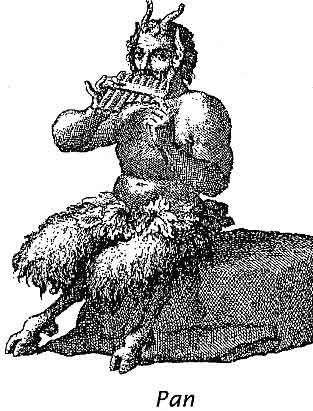














































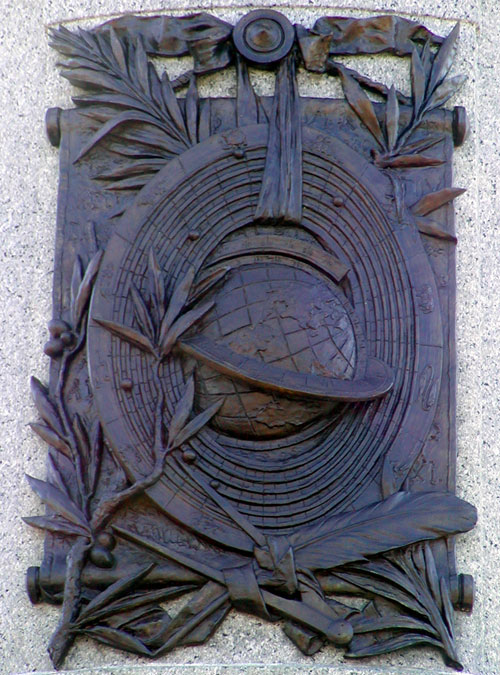























































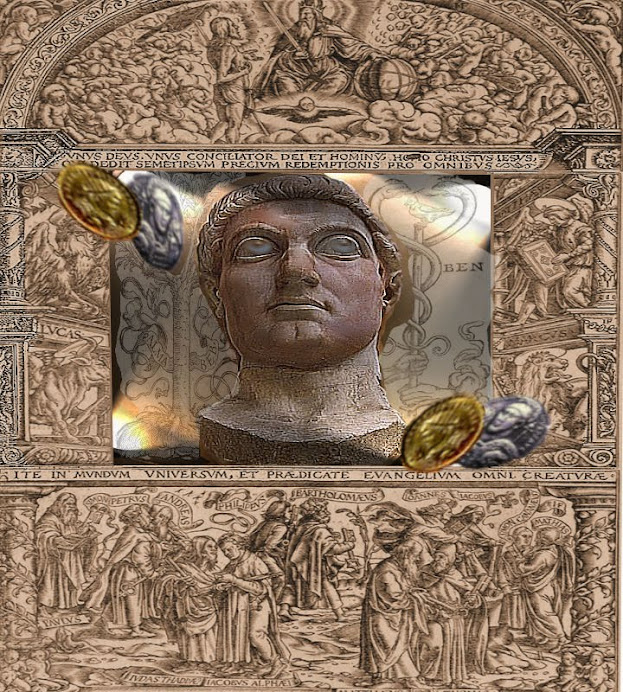



















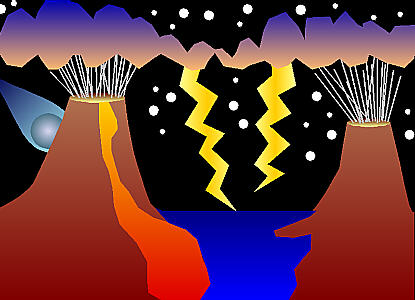


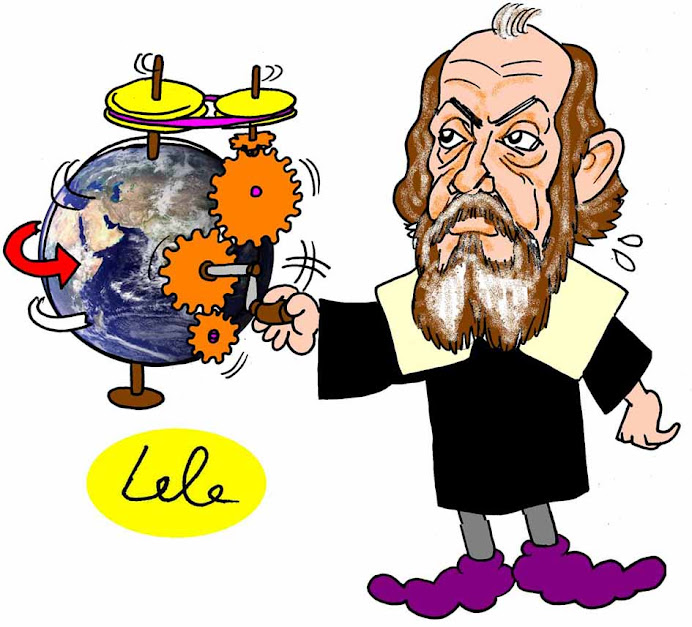













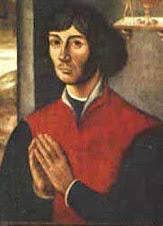.jpg)



















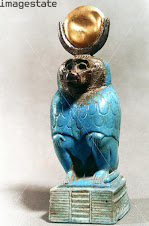








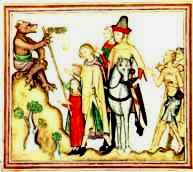

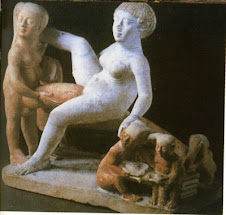











.jpg)





























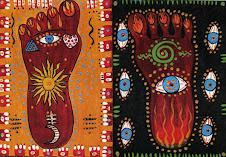
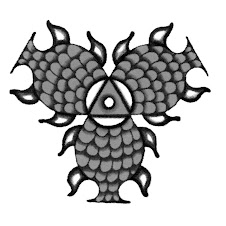











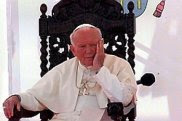















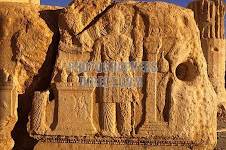
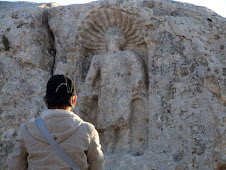






.gif)


























































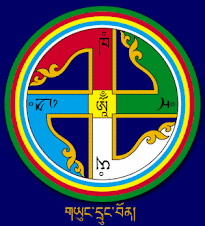























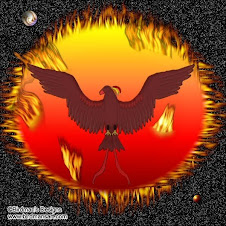

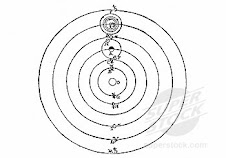

.jpg)













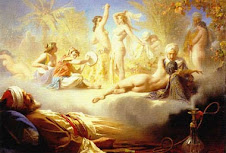
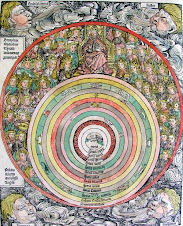












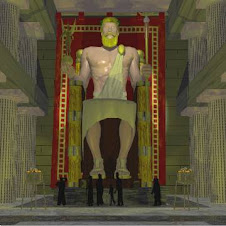


















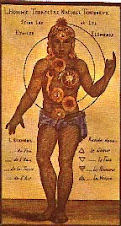






















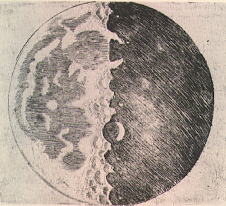




















































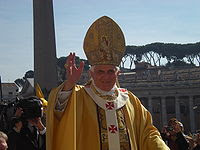

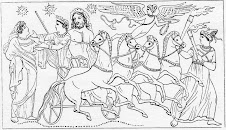








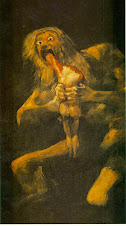




















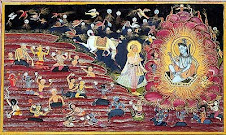

















++of+the+Sun+god..jpg)

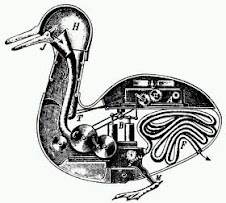








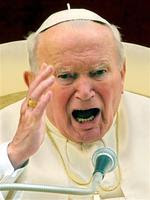


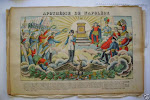



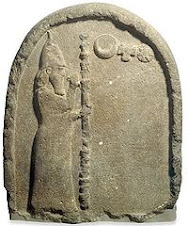





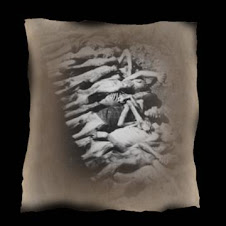




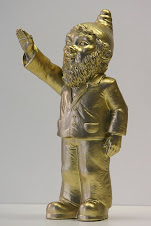
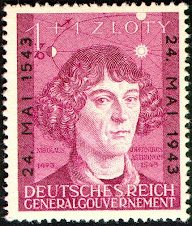








No comments:
Post a Comment